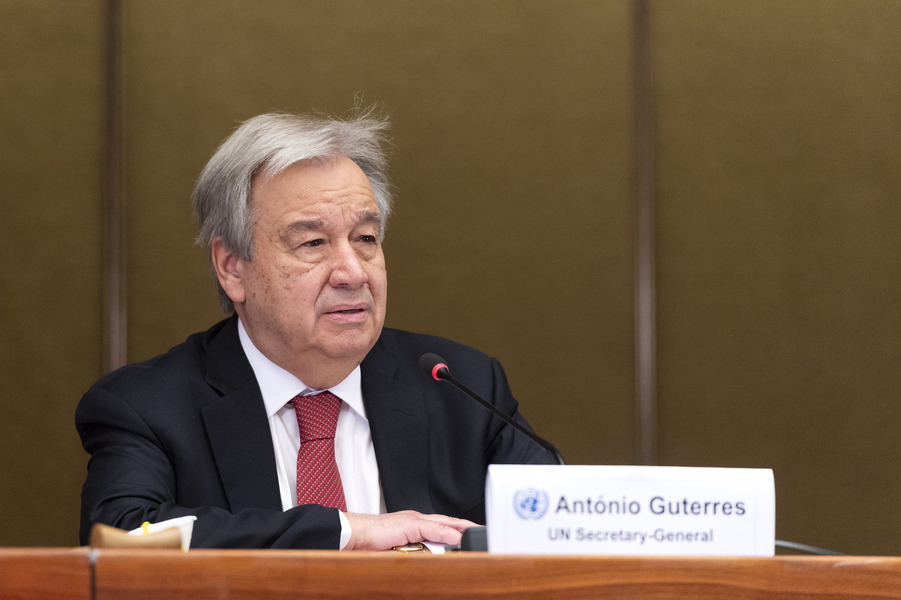Chris Woods of the BIJ Responds
Chris Woods, who until just recently used to spearhead the Covert Drone War investigation at the Bureau of Investigative Journalism in London, writes in with the following comments on my post from the other day, "A Meta-Study of Drone Strike Casualties":
I found your metastudy extremely interesting---particularly on that question of overlaps [between the estimates of the d
Published by The Lawfare Institute
in Cooperation With

Chris Woods, who until just recently used to spearhead the Covert Drone War investigation at the Bureau of Investigative Journalism in London, writes in with the following comments on my post from the other day, "A Meta-Study of Drone Strike Casualties":
I found your metastudy extremely interesting---particularly on that question of overlaps [between the estimates of the different counting groups]. What should happen---as data publicly available on the drone strikes improves---is that we might expect convergence on the datasets. That does seem now to be taking place with NAF and BIJ---which are far closer than [they were] a year ago. As you note, being dynamic is the key.For your general [reference,] Oxford Research Group also did a meta-analysis of datasets back in 2011. BIJ's data hadn't been published then; and a number of Pakistan organisations still strove to record casualty data. A different time and different conclusions.
The study Woods draws attention to includes estimates from the New America Foundation and the Long War Journal, but is particularly interesting because it compares numbers from other organizations we almost never consider in this debate---several of which are based in the region: the Conflict Monitoring Centre (CMC), the Institute for Conflict Management’s (ICM), The News, Pakistan Institute for Peace Studies (PIPS), Pakistan Body Count, and Strengthening Participatory Organisation (SPO).
The paper, like mine, and like similar studies', compares the methodologies of each counting organization and attempts to reconcile the different numbers 0f civilian casualties. Here is the pertinent chart---it is sure to leave Lawfarers shaking their heads once more at the difficulty of this debate.
As the report points out, the numbers of total deaths "tend to converge in the 800s and 900s, with 483 and 1,184 as outliers." But a range of 2 to 789 civilian casualties in 2010 in Pakistan suggests that the difference between the estimates really may lie in the terminology---not the casualties.
Ritika Singh was a project coordinator at the Brookings Institution where she focused on national security law and policy. She graduated with majors in International Affairs and Government from Skidmore College in 2011, and wrote her thesis on Russia’s energy agenda in Europe and its strategic implications for America.




-(1).png?sfvrsn=7aa9b087_9)
